Tackling Embodied Carbon in Infrastructure Projects — MOATA & 2050 Materials Integration
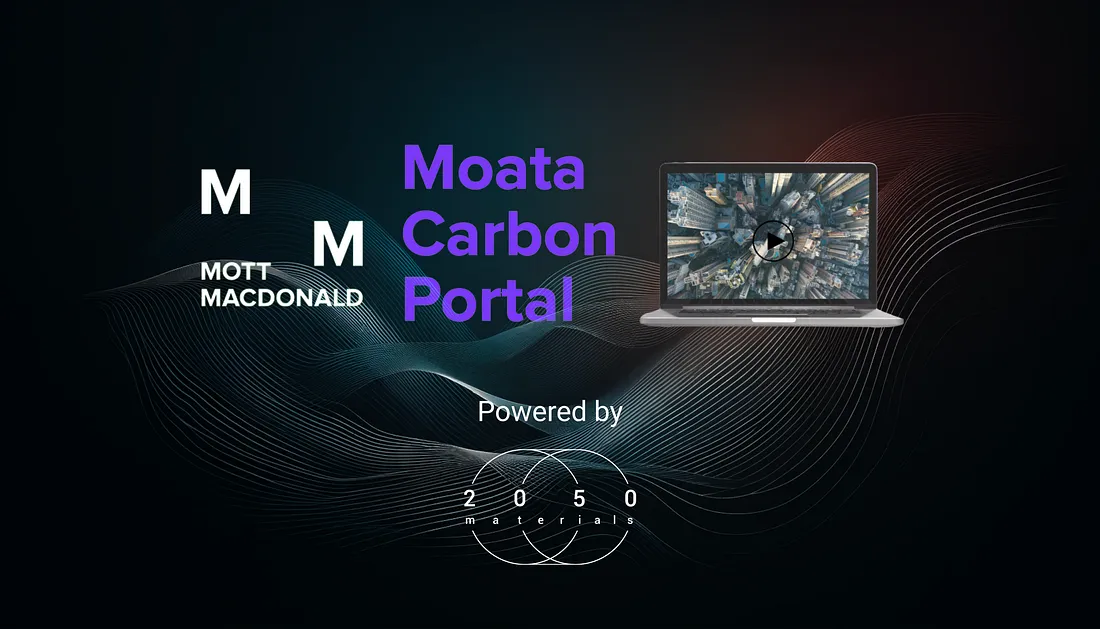
What is MOATA
The MOATA Carbon Portal is an infrastructure carbon calculator aligned to the PAS 2080 certification, that allows anyone across your business and supply chain to identify and calculate carbon emissions, not just the carbon experts.

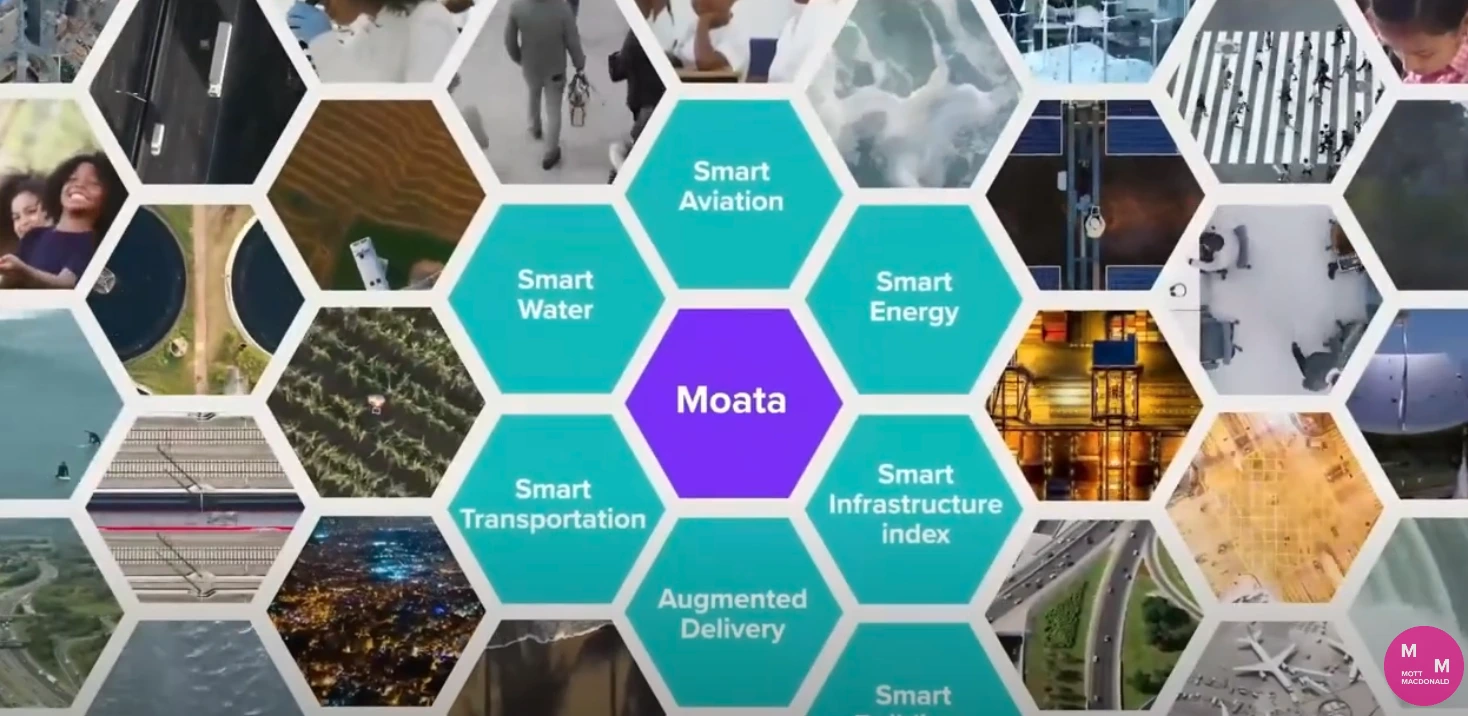
In the evolving landscape of sustainable infrastructure development, a significant advancement has been made through the integration of 2050 Materials’ API with Mott MacDonald’s MOATA Carbon Portal (MCP). This collaboration marks a pivotal step in enhancing carbon management and reduction strategies in infrastructure projects.
Understanding the Integration
The MOATA Carbon Platform, aggregates diverse Carbon Asset sources into its Data Libraries. The team has taken a leap by incorporating 2050 Materials as a distinct Data Library within their “EPDs” (Environmental Product Declarations) dropdown.
This integration is not just a merger of databases; it’s a fusion of expertise and technology aimed at redefining how project planners approach carbon footprint reduction.

Process of selecting libraries, EPDs and then specific products on MCP (MOATA Carbon Portal)
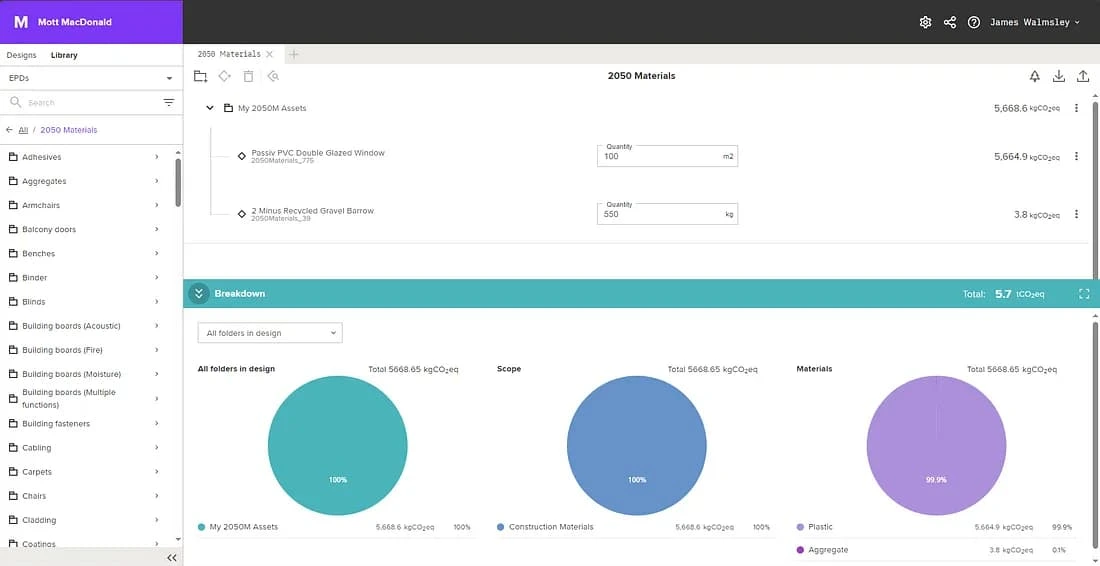
2050 Materials, a pioneer in sustainability assessments and climate change risk modeling, brings to the table an extensive database that now serves as the first Carbon Asset source in the Environmental Product Declarations (EPD) category for MCP (MOATA Carbon Portal). This categorization, enhanced by 2050 Materials’ unique product and material types, allows users to interact with the data more effectively.

The Impact on Carbon Estimating and Management
With this integration, users can now incorporate 2050 Materials assets into their Carbon Designs for carbon estimating, parallelly utilizing assets from other sources. This comprehensive approach enables a more accurate and holistic view of a project’s carbon footprint, right from the design phase to completion.
Future developments on MCP
The initial phase of this integration was achieved through a database reflection of 2050 Materials onto MCP’s database. The roadmap for future integration includes two pivotal phases:
- Automated Data Reflection: The first phase aims to establish a data pipeline that automates the reflection of 2050 Materials’ database onto MCP. This will ensure a seamless and constant update of data, enhancing real-time decision-making.
- On-Demand Data Access via API: The second phase is set to revolutionize the user experience by utilizing the 2050 Materials API. Instead of relying on a static database reflection, the API will enable on-demand data access, offering users the latest and most relevant information for their project needs.
Tracking Embodied Carbon Emissions
A critical aspect of this integration is its ability to enable Mott MacDonald’s clients to track embodied carbon emissions of infrastructure projects. From early design stages to project completion, the availability of infrastructure-related “EPDs” (Environmental Product Declarations) through the MCP ensures that carbon management is an integral part of the project lifecycle.

Conclusion
The integration of 2050 Materials’ API with the MOATA Carbon Portal is a game-changer in the world of sustainable infrastructure. It represents a forward-thinking approach to carbon management, where data-driven insights are key to making informed, environmentally responsible decisions. This collaboration sets a new standard for how the construction industry can proactively reduce its carbon footprint, paving the way for a more sustainable future in infrastructure development.
🏗️ With this powerful tool, you can work with confidence in the later design stages, easily switching between supplier Environmental Product Declarations to identify and mitigate carbon hotspots.
Request a demo from MottMacdonald here ⏩ https://mottm.ac/3pdr5AK

Interested in 2050 Materials’ API?
Have a look at our API demo below, and reach out to us here to get started

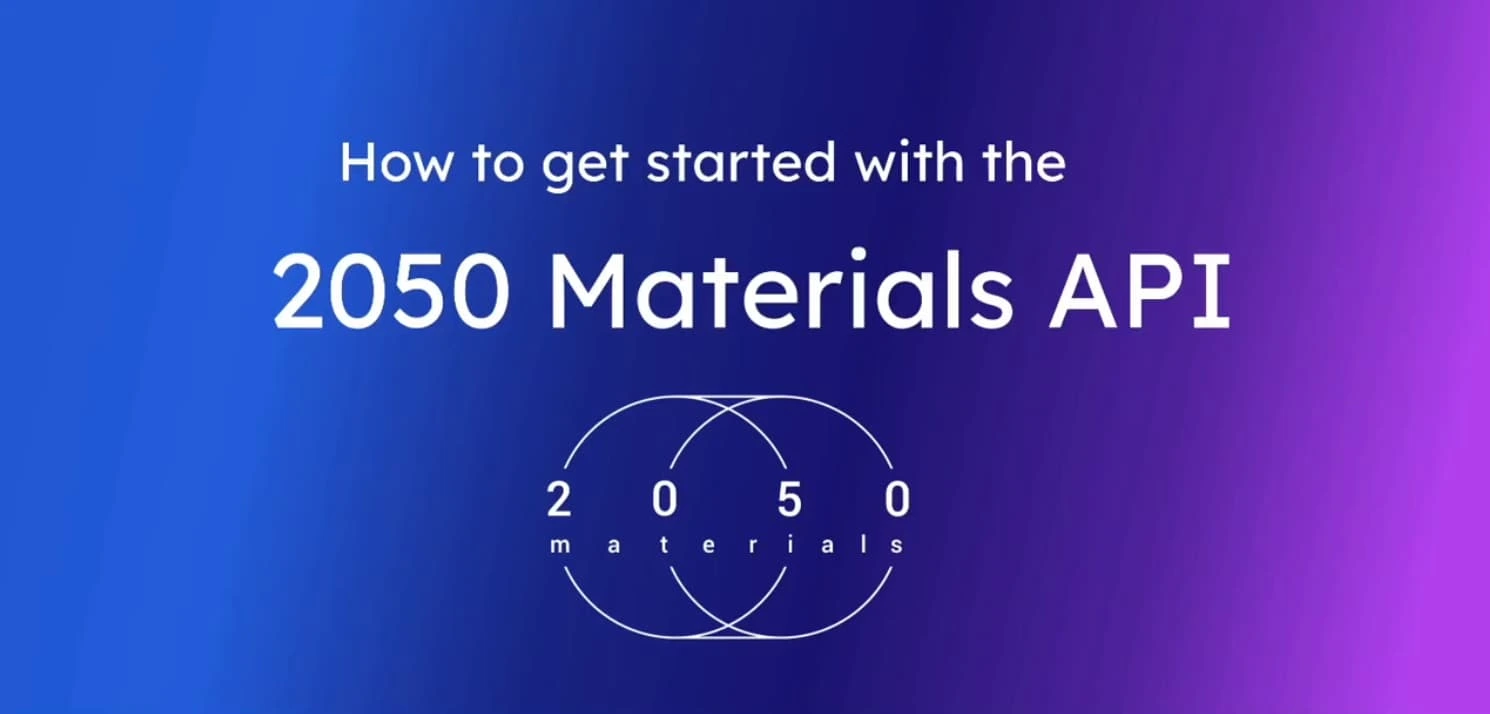
Related articles

How Implenia Uses 2050 Materials for Early Carbon Decisions
Implenia, Switzerland’s largest construction and real estate company, is setting a new standard for low-carbon building by using the 2050 Materials platform during early design stages. For the first time, embodied carbon benchmarks were applied as a formal evaluation criterion in architecture competitions. By integrating real-time carbon analysis with Swiss standards like KBOB and SIA 2032, Implenia was able to make transparent, cost-effective carbon comparisons across design proposals—well before execution. The result: faster decisions, higher sustainability compliance, and a repeatable method for future low-carbon projects.
Read more
LCA at Herzog & de Meuron: Building an Integrated Digital Workflow
Custom LCA Tools for Seamless Integration.
Read more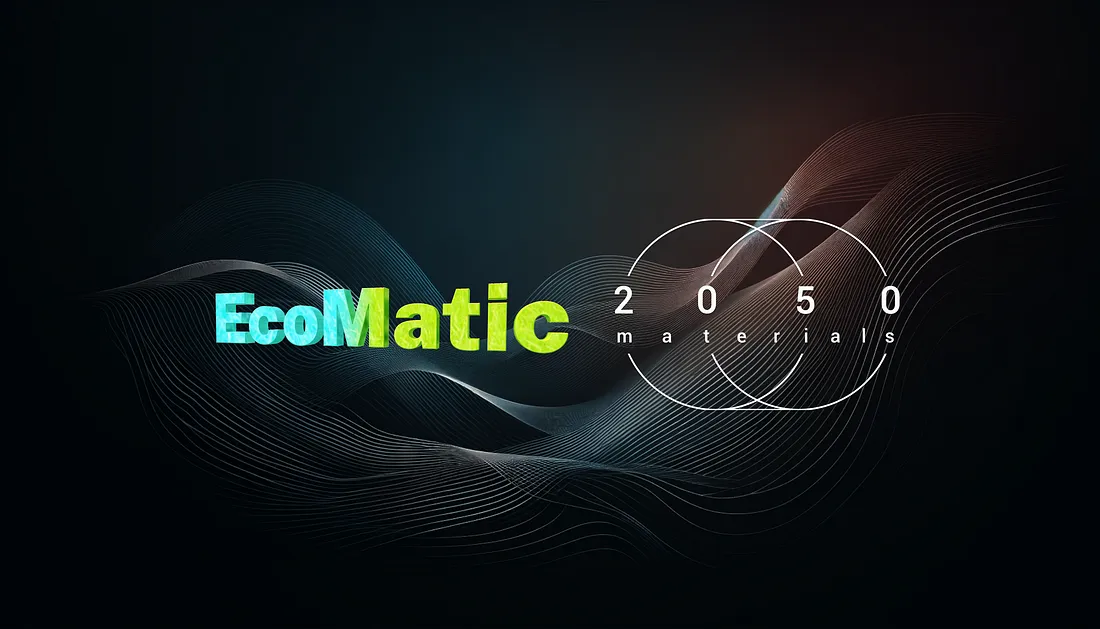
EcoMatic Leverages 2050 Materials to Integrate Carbon Data into AI-Driven Material Creation
EcoMatic combines cutting-edge Stable Diffusion technology with real-time carbon data from the 2050 Materials API, enabling architects, engineers, and designers to streamline workflows while embedding sustainability at the core of every project.
Read more